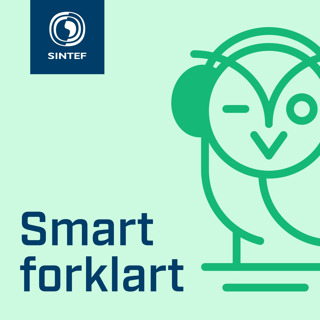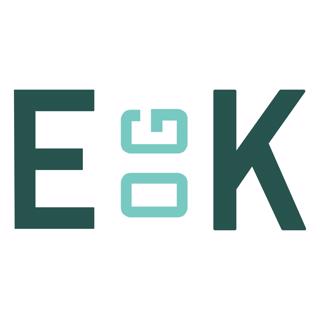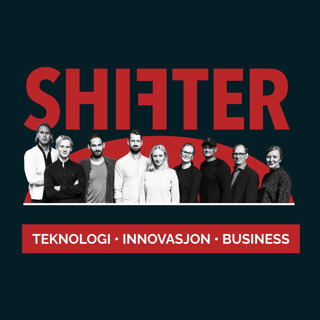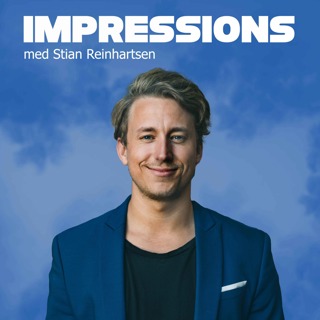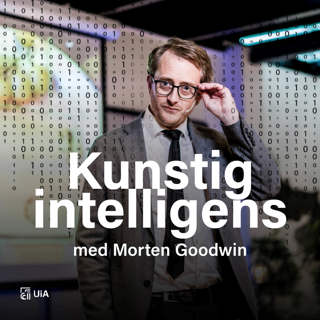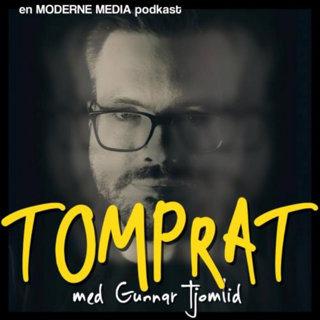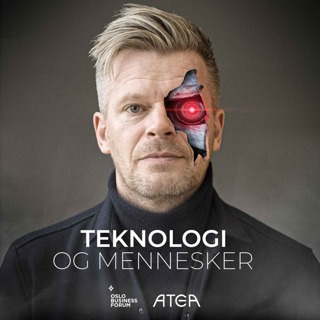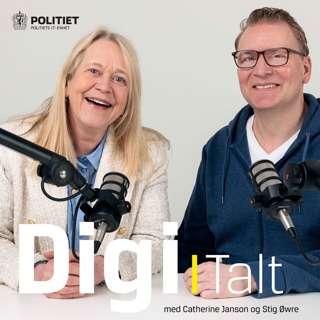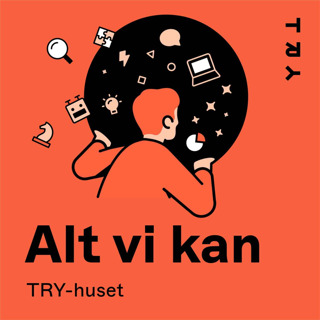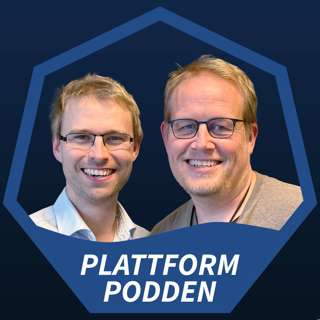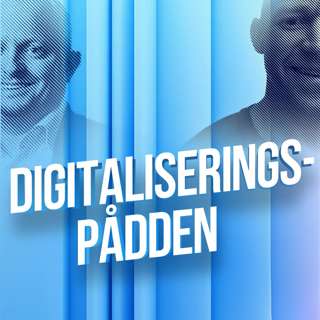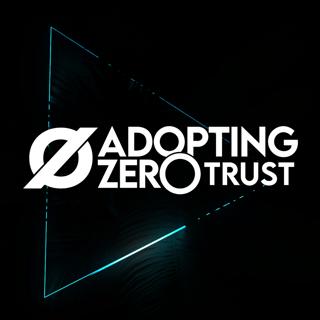
Decoding Emerging Threats: MITRE, OWASP, and Threat Intel
Season 3, Episode 8: AZT and Dr. Zero Trust have a crossover episode where we chat with reps from MITRE and OWASP about challenges associated with emerging threats. Catch this episode on YouTube, Apple, Spotify, Amazon, or Google. You can read the show notes here. Every few weeks, and occasionally every few days, we hear report of a new novel technique or zero day. Those headlines often create an unnecessary level of fear for organizations, but battle-worn cybersecurity professionals know just because it’s on a headline doesn’t necessarily mean it will impact their environment. That is because emerging threats are just that, new and novel. While zero day threats can be interesting and something to be aware of, most threat actors stick to tried and true methods. But how do we identify what is most impactful to our security posture, attack surface, or insert your other buzzy term? Threat intelligence and the collective defense. And for that, it’s time to introduce our two very equipped guests to navigate this conversation and our guest moderator: This week on AZT, we have representatives from OWASP and MITRE, with Dr Zero Trust leading the charge. The Guests Special Guest Moderator Dr. Chase Cunningham - Dr. Zero Trust and Vice President of Security Market Research for G2 Avi Douglen - Chair of the Global Board of Directors for the OWASP Foundation and Founder and CEO of Bounce Security. Avi is a security architect and software developer, leading development teams in building secure products for over 20 years. As a systems developer and security consultant, over the years Avi has amassed much technical knowledge and understanding of the enterprise security needs at the business level. Avi currently serves on the OWASP Global Board of Directors, and leads the Israel chapter. He is the founder and leader of the the popular AppSecIL security conference, the OWASP Threat Modeling Project, and co-authored the Threat Modeling Manifesto. He is a community moderator on Security StackExchange, and a frequent speaker at industry conferences, recent ones can be seen here. Stanley Barr - Senior Principcal Cyber Researcher for MITRE Dr. Stanley Barr is a three time graduate of University of Massachusetts Lowell. He has a BS in Information Sciences, an MS in Mathematics, and a PhD in Computer Science. He has coauthored published papers in malware analysis, barrier coverage problems, expert systems for network security, and robotic manufacturing. He has spoken at MILCOM, RSA, Bsides Boston, and Defcon. He has been a panelist for conferences. Panels topics have included fighting through real world computer network attacks from both external and internal threats. Currently, he is a Senior Principal Scientist at The MITRE Corporation, a not-for-profit corporation that manages six federally funded research and development centers (FFRDCs). Key Takeaways Emerging threats are interesting, but threat modeling and understanding how systems work to identify potential issues is more impactful AI can pose a threat due to its ability to remember and tailor information, as well as its scalability. The panel emphasized that basic security hygiene is often overlooked, such as enabling 2FA on all accounts. The OWASP Top 10 most common attack vectors are still a significant concern, but they should not be the only focus. The panel argued that responsibility for security breaches should extend beyond the CISO to the entire board and engineering organization. Cybersecurity is a people-centric challenge, and relying on people not to make mistakes is not a sustainable strategy. There is value in investing in proper security measures, as it can save organizations money in the long run.
6 Jun 202425min

Navigating the Ever-Changing Landscape of Cybersecurity Regulations With Lacework and Drata
Season 3, Episode 7: Though regulation impacting cybersecurity moves slow, when new laws are introduced it often puts significant strain on companies. Lacework’s Tim Chase and Drata’s Matt HIllary discuss navigating the latest broad-sweeping regulations. Catch this episode on YouTube, Apple, Spotify, Amazon, or Google. You can read the show notes here. The time between a law being proposed and going into effect may feel like a snails pace, but for cybersecurity and GRC professionals, it may feel like the DNA of an organization may need to change. This week we chat with cybersecurity leaders Tim Chase from Laceworks and Matt Hillary of Drata who delve deep into the ever-evolving landscape of cybersecurity regulations. They explore topics such as the challenges of rapid incident reporting, the role of collaboration in the industry, and the emerging onslaught of AI-related laws and proposed bills. This Week’s Guests Tim Chase, Lacework’s Global Field CISO With over 15 years of experience in the cybersecurity industry, Tim is a Global Field CISO at Lacework, a leading cloud security platform. Tim holds CCSK, CISSP, and GCCC certifications and has a deep understanding of product security, DevSecOps, application security, and the current and emerging threats in the cybersecurity landscape. Matt Hillary, Drata’s CISO Matt Hillary currently serves as VP, Security and Chief Information Security Officer at Drata. With more than 15 years of security experience, Matt has a track record of building exceptional security programs. He most recently served as SVP, Systems and Security and CISO at Lumio, and he’s also held CISO and lead security roles at Weave and Workfront, Instructure, Adobe, MX, and Amazon Web Services. He is also a closet raver. Like really, actually is. TL;DR The landscape of cybersecurity regulations is ever-changing, with new bills and regulations continually emerging which impact businesses of various sizes. The recent rules released by the SEC regarding the time frame for announcing a breach or incident have significantly impacted organizations. The term "material" is a key aspect of these rules, leading to discussions around what constitutes a material cybersecurity incident. The role of a CISO is challenging due to the potential for breaches and incidents despite implementing comprehensive security measures. The additional regulations add further complexity to the role. Transparency and honesty are vital in the event of a breach. Companies that are open about incidents and their impact are viewed more favorably than those that attempt to cover things up. The concept of 'carrot and stick' in regulation is discussed. There are mixed feelings about this approach, with some preferring collaboration and industry-led standards over punitive measures such as fines. However, there is recognition that both incentives (the carrot) and punitive measures (the stick) can drive companies to improve their cybersecurity measures. AI is a hot topic in the cybersecurity field, with potential to assist in quickly sorting through data and reducing false positives. However, the implementation of AI also brings its own set of regulations and challenges.
30 Mai 202430min

Ransomware: To Pay or Not to Pay?
Season 3, Episode 6: Two seasoned cybersecurity professionals, Bryan Willett and Kris Lovejoy, shed light on the dilemma organizations face when hit by ransomware: Should they pay the ransom or not? Catch this episode on YouTube, Apple, Spotify, Amazon, or Google. You can read the show notes here. Ransomware: To Pay or Not to Pay? It’s an easy question, and we all have the same ideal answer, but how often does life throw us simplicity? Rarely. This week on Adopting Zero Trust, we continue our conversation that looked at the role cyber insurance plays in organizations and drill into one of the most challenging topics associated with it: Ransomware. And, because this is a heavy subject, we brought in two heavy hitters from past episodes to share their perspectives, Kris Lovejoy and Brian Willett TL;DR Paying ransomware ransoms is a complex decision that depends on various factors, such as the potential impact on the organization's services or employees. Having robust and tested backups is crucial in a ransomware situation, but organizations must be prepared for scenarios where ransomware affects backups. Cyber insurance can help mitigate the financial impact of ransomware attacks, but organizations should be cautious and consider all the potential outcomes. Avoiding ransomware attacks requires a proactive approach, which includes implementing hardening standards, good practices around vulnerability management, enforcing compliance on systems, and having good identity protection. AI holds promise in the cybersecurity sector, but its role in ransomware attacks is still in its infancy.
30 Apr 202459min

Cyber Insurance: Sexy? No. Important? Critically yes.
Season 3, Episode 5: Cyber Insurance may not be the sexiest topic, but it’s an important piece of any mature cyber program. We chatted with a lawyer and a VC who share their perspective. Catch this episode on YouTube, Apple, Spotify, Amazon, or Google. You can read the show notes here. There are many aspects of cybersecurity that are not classified as cool or sexy, but every component plays a role in securing people, data, and businesses. One particular aspect that is often seen as a necessary evil, even more so than policies and documentation, is cyber insurance. On one hand, you have a system that forces backstops to protect the organization in the event of an incident; on the other, requirements to not only remain insured but reduce premiums encourage businesses to invest more in securing the business. This week, we chatted with Karl Sharman of Forgepoint Capital and Andy Moss of Reed Smith to better understand the role cyber insurance plays today.
11 Apr 20241min

The Current and Future State of Zero Trust With Forrester’s David Holmes
Season 3, Episode 4: Forrester Principal Research Analyst on Zero Trust, David Holmes, shares his perspective on the current and future state of Zero Trust. Catch this episode on YouTube, Apple, Spotify, Amazon, or Google. You can read the show notes here. Zero Trust is a concept, a strategy, a philosophy, and, for some poor souls, a solution you can buy (it’s not). Through our three seasons, we have heard about MVPs, learned from the godfather of Zero Trust, been aided by Dr Zero Trust, and even heard from current and former federal officials about their stance on the concept. However, we have yet to touch on the current an future state of Zero Trust, and for that, we look to Forrester Principal Research Analyst on Zero Trust, David Holmes. Prior to joining Forrester, David spent a decade researching, writing, and speaking about cybersecurity topics for network and application security vendors. Before entering the cybersecurity space, he was a C/C++ software developer specializing in authentication and authorization, network protocols, and cryptography. So you could say he knows a thing or two about the subject at hand. TL;DR Holmes explains that Zero Trust's core principles remain unchanged: all networks are untrusted, least privilege access is enforced, and everything is inspected and monitored. The COVID-19 pandemic has accelerated the adoption of Zero Trust as organizations were forced to work remotely and faced VPN overloads. David shares his perspective on the current and future state of Zero Trust, as well as areas he would like to see the vendor market seek to solve. The biggest example of successful Zero Trust implementation is Google. Since implementing Zero Trust, no major breaches have been reported. In addition to Google, there is a smaller organization that successfully implemented Zero Trust using existing tools, indicating that Zero Trust can be achieved without significant financial investment. However, achieving full Zero Trust is a journey rather than a destination, similar to cybersecurity itself. It's an ongoing process of adaptation and improvement.
28 Mar 202454min

Canva's Kane Narraway on Building a Zero Trust MVP
Season 3, Episode 3: Canva’s Head of Enterprise Security, Kane Narraway, discusses how to deploy a Zero Trust strategy in under a year. Catch this episode on YouTube, Apple, Spotify, Amazon, or Google. You can read the show notes here. This week on Adopting Zero Trust (AZT) we chat with Kane Narraway, the head of Head of Enterprise Security at Canva. Prior to his current role. Kane has been adopting Zero Trust for around a decade, starting with the UK government, and later to organizations like Shopify, Atlassian, and BT. You could say he’s seen a thing or two, and has absolutely been part of the evolutions occurring within cybersecurity and Zero Trust. Kane walks, crawls, and runs us through how he has built out Zero Trust strategies and recommends where organizations get started.
7 Mar 202446min

AZT: Quit Bugging the CISO + CIO
Season 3, Episode 2: In our conversation with Energy Solution’s CIO David Weisong we chat about how new processes, technology, and budgets are formed. Catch this episode on YouTube, Apple, Spotify, Amazon, or Google. You can read the show notes here. It’s a mystery as old as time: the cybersecurity and technology budget and acquisition strategy. How are they formed? How are these projects prioritized? How are internal teams proposing changes and asking for new dollars (and likely not getting them)? This week, we chat with someone at the heart of the matter for their business who walks us through how they build their security and information roadmap, or in what I lovingly call: quit bugging the C-suite. David Weisong is the CIO for Energy Solutions and has a background in software development, DevOps, and managing IT functions, which makes him the perfect candidate to properly discuss the ins and outs of cybersecurity and IT roadmaps.
8 Feb 202446min

Hacker Valley Dishes on Breaking Into Cybersecurity
To start the new season, we are joined by Hacker Valley Media’s Ron Eddings and Chris Cochran, who discuss breaking into cybersecurity and the role storytelling plays. A new year, a new season, and plenty of new threats to impact the world of cybersecurity. This week we break from our typical conversations about modern cybersecurity strategies and concepts to focus on one of the most important aspects of our space: people. People are the why behind what we do. We protect, support, and educate them about the dangers that lurk online. However, cybersecurity is also driven by people, and for new entries into our field, it can feel nearly impossible to break in. This week we turn to two experts who lived the lives of practitioners and shifted their energy toward telling amazing stories that drive our industry forward. This duo has built a masterclass on what it means to be in cybersecurity and has guided countless people through every nook and cranny. And with that, we’re excited to introduce Hacker Valley Media’s Ron Eddings and Chris Cochran who discuss breaking down the barriers to cybersecurity and why practitioners need to invest in soft skills. Read more at adoptingzerotrust.com
18 Jan 202449min



